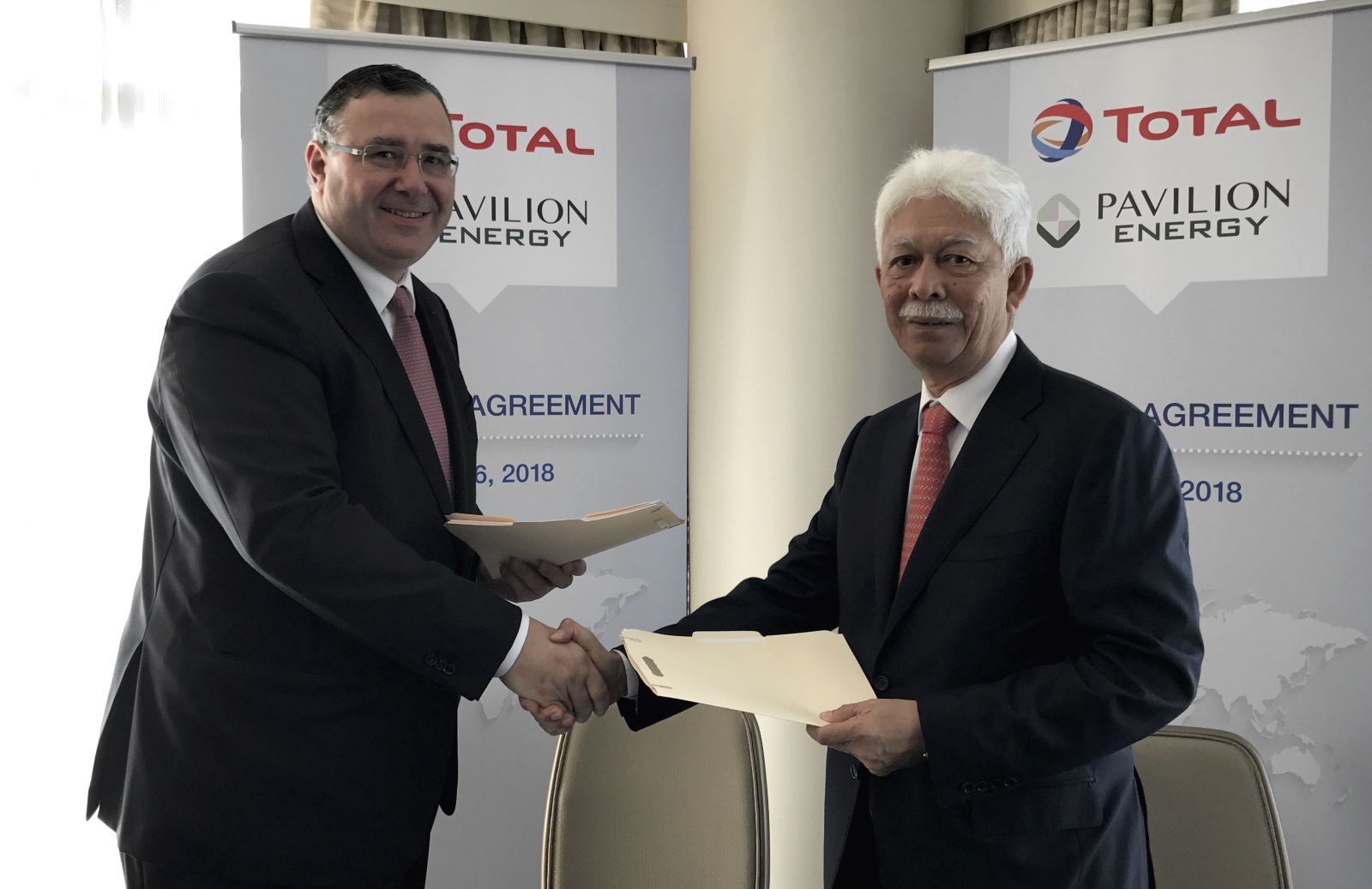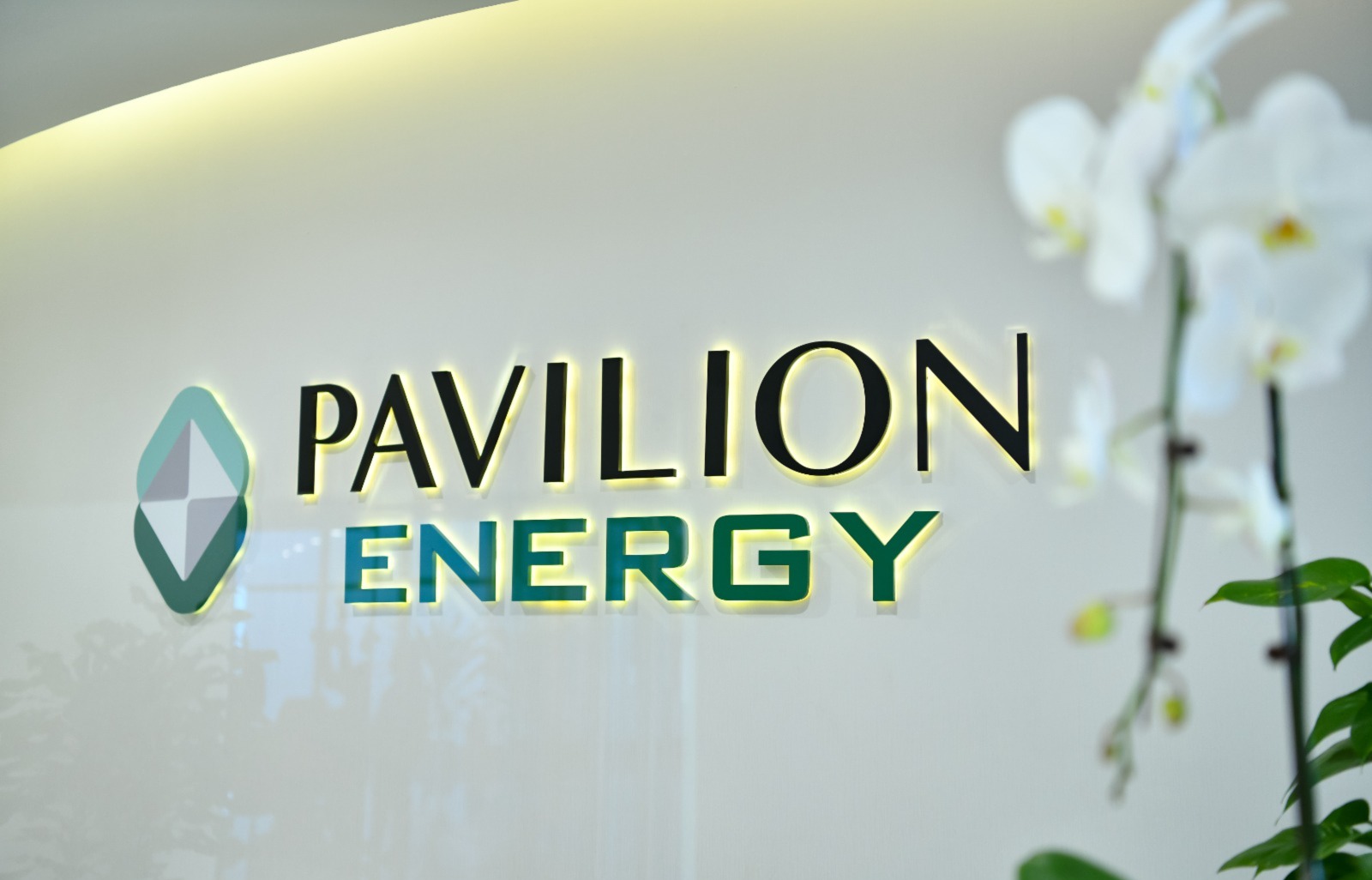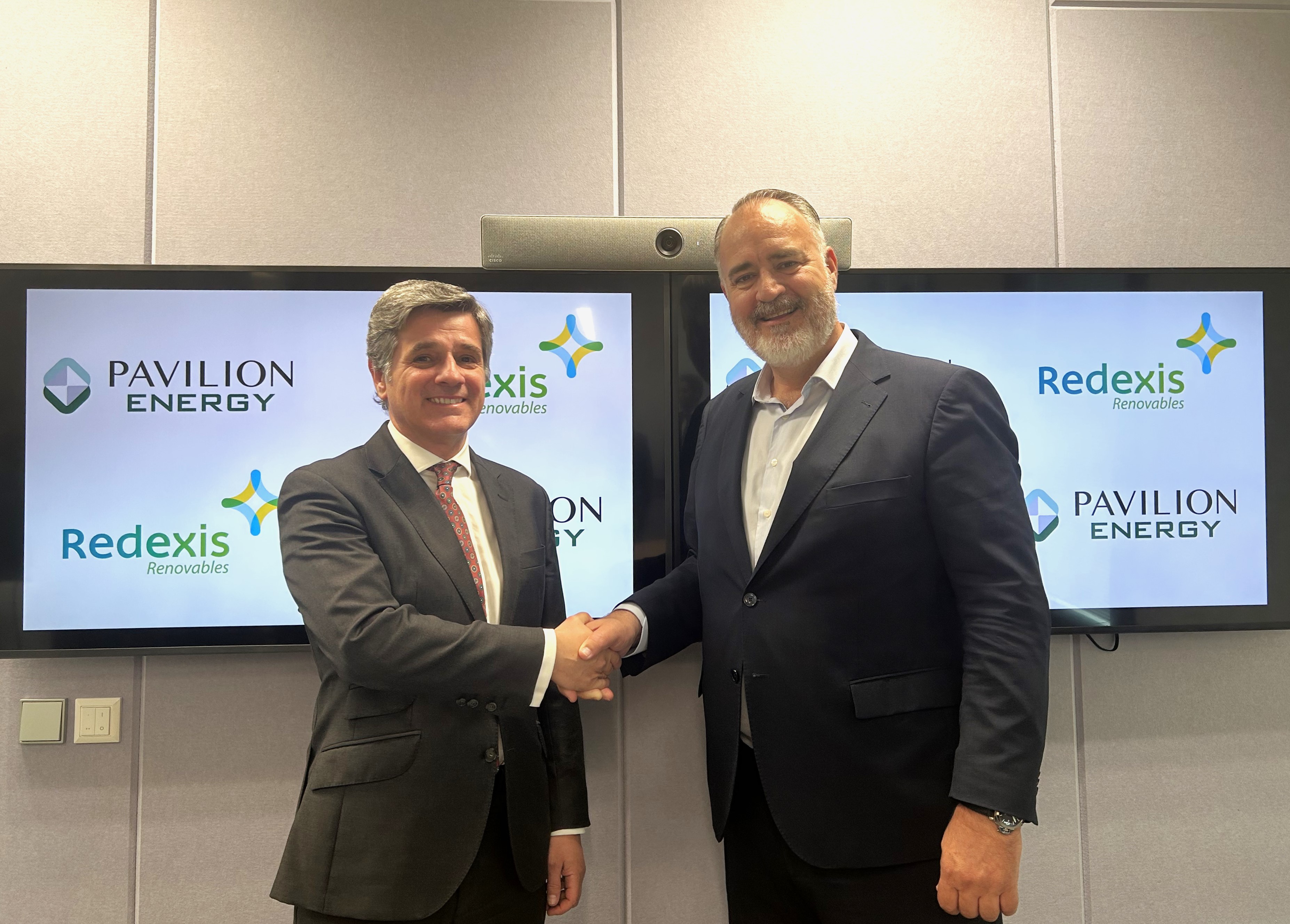 Pavilion and Total
Pavilion and TotalThe use of liquefied natural gas (LNG) as marine fuel looks set to power up in Singapore - with another supermajor coming on board to help build infrastructure to supply ocean-going ships.
The marine fuels arm of France's Total on Tuesday agreed to co-charter on a long-term basis, the first LNG bunker vessel to be commissioned by the gas division of Temasek-backed Pavilion Energy.
The signing of a heads of agreement between the two parties took place on the sidelines of the World Gas Conference 2018 in Washington. This agreement marks another significant step to building infrastructure for ship-to-ship LNG bunkering operations, which is required to meet refuelling needs of ocean-going ships.
The vessel to be commissioned by Pavilion Gas by 2020, is one of the first two such vessels to be built from scratch for Singapore's LNG bunkering operations. The vessel specifications are still being finalised but The Business Times understands the proposal now caters for a unit with 10,000 cubic metres of capacity.
Pavilion has won a co-funding grant of S$3 million from the Maritime and Port Authority of Singapore (MPA) to build this vessel. MPA has awarded another S$3 million grant to FueLNG, a joint venture between Shell Eastern Petroleum and Keppel Offshore & Marine. In early June, FueLNG contracted Keppel Singmarine to build the joint venture's first LNG bunkering vessel.
Thus far, Singapore as the world's top bunkering port, looks set to take the lead in South-east Asia, to build ship-to-ship LNG bunkering infrastructure.
Patrick Pouyanne, chairman and chief executive of Total talked about the significance of these early LNG capacity building efforts: "The development of infrastructure is one of the key drivers for the take-off of LNG as a marine fuel.
For the past few months, Total has been very active in that direction. The agreement signed with Pavilion Energy marks a new step in our commitment to provide our customers with fuels that are more environmentally friendly, particularly in Singapore which is the leading bunkering hub in the world."
For sure, supply infrastructure development picking up pace is a good sign but more LNG-powered ships have to call on the port here in order for LNG bunkering to take off in a big way in Singapore. Tuesday's agreement between Total and Pavilion has sparked hope of Singapore benefiting from the supermajor's standing LNG bunkering deals with two ready customers, France's container shipping giant, CMA CGM and passenger shipping-focused Brittany Ferries.
Bunkering industry body, IBIA's regional manager, Simon Neo, said that the market will next look for clarity particularly over whether the LNG bunkering deal between Total and CMA CGM will extend beyond Europe to include Asia.
In November 2017, CMA CGM confirmed a shipbuilding order for nine super-sized LNG-fuelled box ships. The French shipping giant has committed to using LNG to meet 90 per cent of the fuel needs for these ships.
One factor may stand in the way of promoting LNG bunkering in Asia. Mr Neo said that the largely oil-linked prices for LNG spot trades in Asia have been trending higher compared to those in Europe and the US. This would cast doubts over the economic justification of fuelling or refuelling with LNG in Asia.
Total would not comment on the potential client for its LNG bunkering partnership with Pavilion in Singapore. A Total spokesman pointed out however, that LNG prices in Asia, though "still above those in Europe ... have decreased drastically since 2014". Two factors contributed to this trend: US shale gas and flexible destination clauses for LNG cargoes. These same factors also contributed to the development of new LNG price indices that better reflect "the real gas market dynamics", he said.






